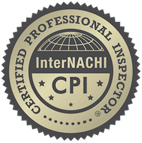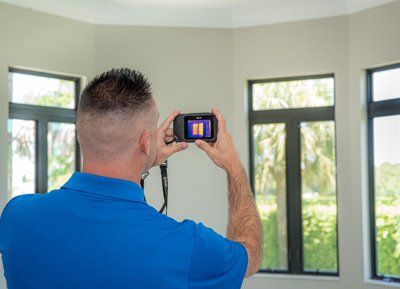
CENTRAL & SOUTH FLORIDA MOLD INSPECTIONS – MOLD TESTING
Moisture Intrusion is identified through basic visual inspection if it has lead to obvious defects, such as staining or mold growth. By the time visible evidence has presented itself, however, significant damage may have already been done. In many cases, moisture or water intrusion may have been developing for a while before obvious signs become apparent. Guardian Angel Inspections performs a visual examination of the home looking for evidence of moisture and visible growth on every inspection at no additional cost. When moisture is identified, the suspected area is tested with a moisture meter, to determine the level of moisture.
Mold testing can also be performed as a more in-depth inspection and this service is included in our Package 3, IAQ Mold Test to determine Air Quality or other types of Mold Testing results, to identify potential issues before they become large problems, and lead to serious damage. The IAQ Mold Test is our most comprehensive inspection and it includes an indoor air quality test, along with everything included in the Thermal Survey (thermal imaging/infrared examination.)
Thermal imaging or infrared (IR) cameras are an excellent application for detecting moisture intrusion problems before visible evidence has presented itself. This service is included in our Thermal Survey Package 2.
Thermal patterns created by latent moisture become readily apparent when viewed through an IR camera, even when they are not visible to the naked eye. This is because the IR camera sees the apparent temperature difference between wet spots and building materials. Water intrusion and excessive moisture within walls, under floors, and above ceilings will show up in the thermal image. Water intrusion implies that the house has been compromised somewhere, perhaps through the roof, in the basement, or as the result of a mechanical or plumbing leak.
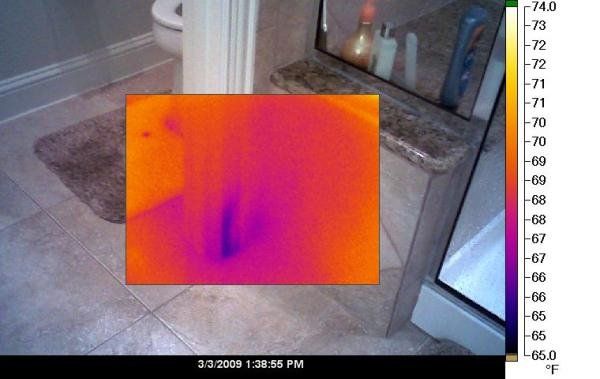
Important Areas that we Check
When inspecting for moisture intrusion, there are many areas that may be more obvious than others to search, such as below-grade window wells and basement walls. It can be helpful to consider several areas that may be at risk so that a thorough inspection can be conducted without overlooking less-obvious areas. Thermal imaging is employed effectively to find moisture:
- In the kitchen around the sink, under the dishwasher, around the refrigerator, and under the cooking range, as well as around vents and exhaust fans;
- In bathrooms around plumbing fixtures and outlets, shower and bathtub enclosures, fixtures and vents, the toilet and bidet, and windows;
- The HVAC system;
- the water heater;
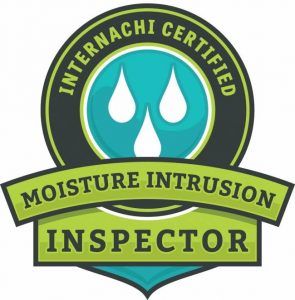
- In the attic, including roof pass-throughs and penetrations, connecting walls, vents and fans, and recessed lights;
- In the basement, including walls, ductwork, and crawlspaces;
- In the laundry area around the washer and dryer hookups, drip pans, and exhaust vents, as well as utility sinks.
Some common moisture-related problems include:
- structural wood decay;
- high indoor humidity and resulting condensation;
- expansive soil, which may crack the foundation through changes in volume, or softened soil, which may lose its ability to support an overlying structure;
- undermined foundations;
- metal corrosion;
- ice dams; and
- mold growth
- Mold can only grow in the presence of high levels of moisture. People who suffer from the following conditions can be seriously (even fatally) harmed if exposed to elevated levels of airborne mold spores:
- asthma;
- allergies;
- lung disease; and/or
- compromised immune systems
Note: People who do not suffer from these ailments may still be harmed by elevated levels of airborne mold spores. Mold testing is recommended to determine the presence or absence of mold.
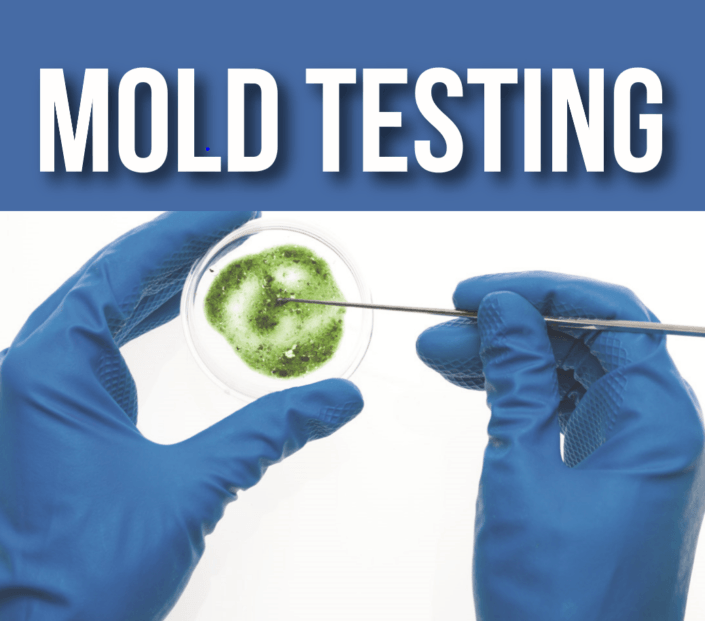
How does moisture get into the house?
Moisture or water vapor moves into a house in the following ways:
- air infiltration. Air movement accounts for more than 98% of all water vapor movement in building cavities. Air naturally moves from high-pressure areas to lower ones by the easiest path possible, such as a hole or crack in the building envelope. Moisture transfer by air currents is very fast (in the range of several hundred cubic feet of air per minute). Replacement air will infiltrate through the building envelope unless unintended air paths are carefully and permanently sealed;
- by diffusion through building material. Most building materials slow moisture diffusion, to a large degree, although they never stop it completely;
- leaks from roof;
- plumbing leaks;
- flooding, which can be caused by seepage from runoff or rising groundwater; it may be seasonal or catastrophic; and
- human activities, including bathing, cooking, dishwashing and washing clothes. Indoor plants, too, may be a significant source of high levels of humidity.
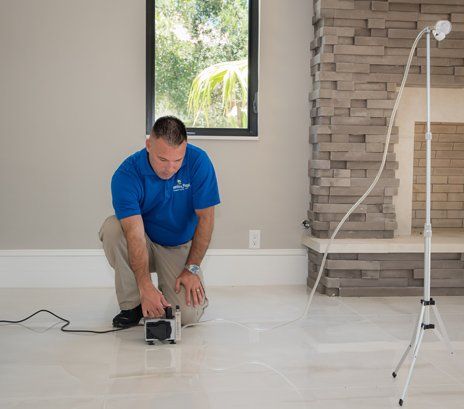
Inspectors can check for moisture intrusion in the following areas:
Roofs
A roof leak may lead to the growth of visible mold colonies in the attic that can grow unnoticed. Roof penetrations increase the likelihood of water leaks due to failed gaskets, sealants and flashing. The number of roof penetrations may be reduced by a variety of technologies and strategies, including:
- consolidation of vent stacks below the roof;
- exhaust fan caps routed through walls instead of the roof;
- high-efficiency combustion appliances, which can be sidewall-vented;
- electrically powered HVAC equipment and hot water heaters that do not require flue; and
- adequate flashing. Oftentimes, inspectors discover missing, incorrectly installed or corroded flashing pipes.
Utility Room
- The water heater tank should be clean and rust-free.
- The area around the water softener tank should be clean and dry.
- Check that all through-the-wall penetrations for fuel lines, ducts, and electrical systems of heating system are well-sealed. All ducts should be clean and dust-free. Inspect the air supply registers in the house for dust accumulation.
- Filters, supply lines, exterior wall penetrations, vents, ductwork and drainage of the cooling system must all be in good working order to avoid moisture problems.
Attic
- We look for stains or discolorations at all roof penetrations. Chimneys, plumbing vents and skylight wells are common places where moisture may pass through the roof. Any such locations must be inspected for wetness, a musty smell and/or visible signs of mold.
- Rust or corrosion around recessed lights are signs of a potential electrical hazard.
Plumbing
- Distribution pipes and plumbing fixtures can be the source of large amounts of moisture intrusion. If the wall is moist and/or discolored, then moisture damage is already in progress. Most plumbing is hidden in the walls, so serious problems can begin unnoticed.
- One of the most important means of moisture management in the bathroom is the exhaust fan. A non-functioning exhaust fan overloads the bathroom with damp air. If the exhaust fan doesn’t turn on automatically when the bathroom is in use, consider recommending switching the wiring or switch. The lack of an exhaust fan should be called out in the inspection report. The fan should vent into the exterior, not into the attic.
- The bathroom sink, in particular, is a common source of moisture intrusion and damage. Although overflow drains can prevent the spillage of water onto the floor, they can become corroded and allow water to enter the cabinet.
We use a moisture meter to check for elevated moisture levels in the sub-floor around the toilet and tub. - Bathroom windows need to perform properly in a wide range of humidity and temperature conditions. We check to see if there are any obvious breaks in the weatherstripping and seals.
- We check showers and bathtubs. Is the caulking is cracked, stiff or loose in spots? Are there cracked tiles or missing grout that may channel water to vulnerable areas? If some water remains in the bathtub after draining, it may be a warning sign of possible structural weakening and settlement in the floor beneath the tub.
Foundations
Model building codes typically require damp-proofing of foundation walls. The damp-proofing shall be applied from the top of the footing to the finished grade. Parging of foundation walls should be damp-proofed in one of the following ways:
- bituminous coating;
- 3 pounds per square yard of acrylic modified cement;
- 1/8-inch coat of surface-bonding cement; or
- any material permitted for water-proofing.
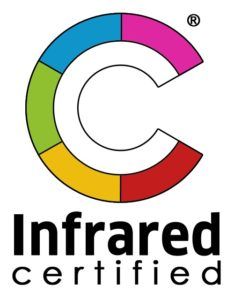

Climate Zones
In the northern U.S., moisture vapor problems are driven primarily by high indoor relative humidity levels, combined with low outdoor temperatures during the winter. In the southern U.S. (especially the southeast), the problem is largely driven by high outdoor humidity and low indoor temperatures during the summer months. Mixed climates are exposed to both conditions and can experience both types of problems. Humid climates, in general, will be more of a problem than dry climates. Wind-driven rain is the main cause of leaks through the building envelope.
In summary, moisture can enter a building in a number of different ways. High levels of moisture can cause building defects and health ailments.

